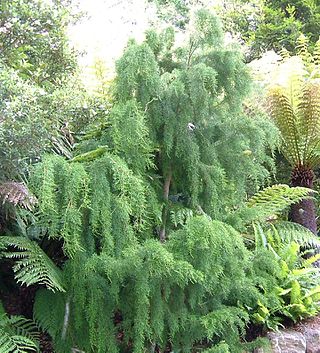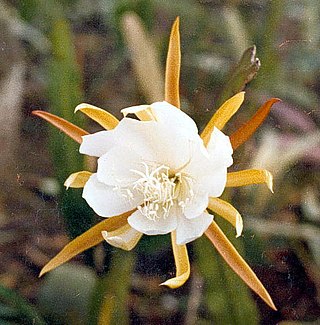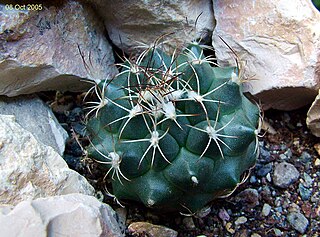
Nightjars are medium-sized nocturnal or crepuscular birds in the family Caprimulgidae and order Caprimulgiformes, characterised by long wings, short legs, and very short bills. They are sometimes called goatsuckers, due to the ancient folk tale that they sucked the milk from goats, or bugeaters, their primary source of food being insects. Some New World species are called nighthawks. The English word "nightjar" originally referred to the European nightjar.

True thrushes are medium-sized mostly insectivorous or omnivorous birds in the genus Turdus of the wider thrush family, Turdidae. The genus name Turdus is Latin for "thrush". The term "thrush" is used for many other birds of the family Turdidae as well as for a number of species belonging to several other families.

Passalidae is a family of beetles known variously as "bessbugs", "bess beetles", "betsy beetles" or "horned passalus beetles". Nearly all of the 500-odd species are tropical; species found in North America are notable for their size, ranging from 20–43 mm, for having a single "horn" on the head, and for a form of social behavior unusual among beetles.

Lagarostrobos franklinii is a species of conifer native to the wet southwestern corner of Tasmania, Australia. It is often known as the Huon pine or Macquarie pine, although it is actually a podocarp (Podocarpaceae), not a true pine (Pinaceae). It is the sole species in the genus Lagarostrobos; one other species L. colensoi formerly included has been transferred to a new genus Manoao. The genus was also formerly included in a broader circumscription of the genus Dacrydium.

Ziziphus is a genus of about 40 species of spiny shrubs and small trees in the buckthorn family, Rhamnaceae, distributed in the warm-temperate, subtropical and tropical regions of the world. The leaves are alternate, entire, with three prominent basal veins, and 2–7 cm (0.79–2.76 in) long; some species are deciduous, others evergreen. The flowers are small, inconspicuous yellow-green. The fruit is an edible drupe, yellow-brown, red, or black, globose or oblong, 1–5 cm (0.39–1.97 in) long, often very sweet and sugary, reminiscent of a date in texture and flavour.
Neolloydia is a formerly recognized genus of cacti. The genus was first erected by Britton and Rose in 1922. Edward F. Anderson regarded Neolloydia as being poorly defined, with the result that species that had at times been included in Neolloydia were afterwards placed in multiple genera, including Coryphantha, Echinomastus, Escobaria, Mammillaria, Sclerocactus, Thelocactus and Turbinicarpus. In his 2001 book, Anderson firmly placed only one species in the genus, Neolloydia conoidea, with another, Neolloydia matehualensis, being regarded as only a variant of N. conoidea. As of December 2022, Plants of the World Online treated Neolloydia conoidea as a synonym of Cochemiea conoidea, and Neolloydia as a synonym of Cochemiea.

Leptolalax is a genus of frogs in the family Megophryidae. They are sometimes known as Asian toads, metacarpal-tubercled toads, or slender litter frogs, although many species-specific common names do not follow these conventions, and many species do not have common names. They are widely distributed in southeastern and eastern Asia, from southern China and northeastern India to the Malay Peninsula and Borneo. Leptolalax are typically small and have a cryptic colour pattern and no obvious morphological characters useful in systematic studies. Consequently, both molecular genetic analyses and analysis of advertisement calls by male frogs have been important in identifying new species.

Meliosma is a genus of flowering plants in the family Sabiaceae, native to tropical to warm temperate regions of southern and eastern Asia and the Americas. It is traditionally considered to contain about 100 species; some botanists take a much more conservative view accepting only 20-25 species as distinct. They are trees or shrubs, growing to 10–45 m tall.

The Arabian tahr is a species of tahr native to eastern Arabia. Until recently, it was placed in the genus Hemitragus, but genetic evidence supports its removal to a separate monotypic genus, Arabitragus.

Vachellia nilotica, more commonly known as Acacia nilotica, and by the vernacular names of gum arabic tree, babul, thorn mimosa, Egyptian acacia or thorny acacia, is a flowering tree in the family Fabaceae. It is native to Africa, the Middle East and the Indian subcontinent. It is also considered a 'weed of national significance' and an invasive species of concern in Australia, as well as a noxious weed by the federal government of the United States.

Epiphyllum laui is a cactus species native to Mexico and grown as an ornamental.

Rhipidolestes is a genus of damselflies in the family Rhipidolestidae. They are native to subtropical Asia from Burma to Japan.

Orophea is a genus of flowering plants in the family Annonaceae. There are about 37 species native to Asia.

Schiedea is a genus of flowering plants in the family Caryophyllaceae. It contains 34 species and is endemic to Hawaii.

Turbinicarpus laui is a species of plant in the family Cactaceae. It is endemic to Mexico. Its natural habitat is hot deserts. It is threatened by habitat loss.
Tillandsia laui is a species of flowering plant in the genus Tillandsia. This species is endemic to Mexico.

Leyvachelys is an extinct genus of turtles in the family Sandownidae from the Early Cretaceous of the present-day Altiplano Cundiboyacense, Eastern Ranges, Colombian Andes. The genus is known only from its type species, Leyvachelys cipadi, described in 2015 by Colombian paleontologist Edwin Cadena. Fossils of Leyvachelys have been found in the fossiliferous Paja Formation, close to Villa de Leyva, Boyacá, after which the genus is named. The holotype specimen is the oldest and most complete sandownid turtle found to date.
Leptolalax laui is a species of frogs in the family Megophryidae.
Triadica cochinchinensis is a species of tree known as the mountain tallow tree.

Mammillaria laui is a species of cactus in the genus Mammillaria, native to Tamaulipas state in Mexico. A number of subspecies were described, occurring along an elevation gradient; these are no longer accepted. It is listed as Critically Endangered (CR) in the wild. As Mammillaria lauii it has gained the Royal Horticultural Society's Award of Garden Merit.
















